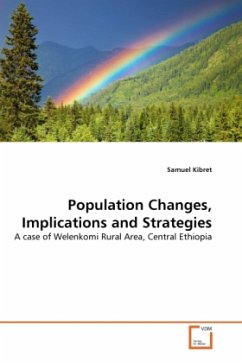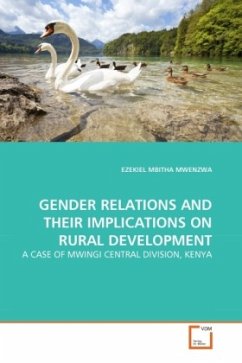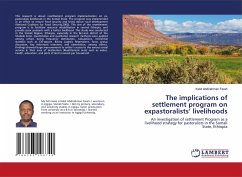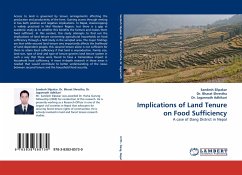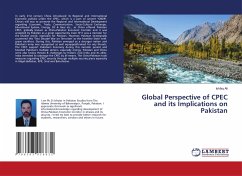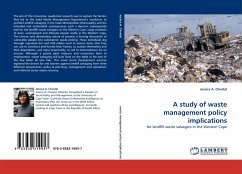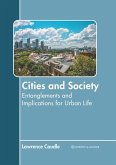The main focus of the study was the trends and patterns of population change in Wolenkomi area as well as the implications of population changes on the existing social, economic and natural resources. Apart from its implications the study also examined the strategies taken by the farmers and government in the area in response to population changes and its consequences. In the study GIS technique was used to show the land use change of 1971 and 2003 in addition to both quantitative and qualitative data. It shows that the average farm size in the area has declined due to the rapid growth of the population. Many landless people have no legal access to land, and hence are compelled to survive by cultivating marginal lands such as steep slopes and stony areas, which accelerates land degradation. Soil degradation and decline in crop production are also major problems for the farmers. People send some of their family members to urban areas to look for other type of jobs. Other people migrate to areas where even members of their own family do not know where they are.
Bitte wählen Sie Ihr Anliegen aus.
Rechnungen
Retourenschein anfordern
Bestellstatus
Storno

